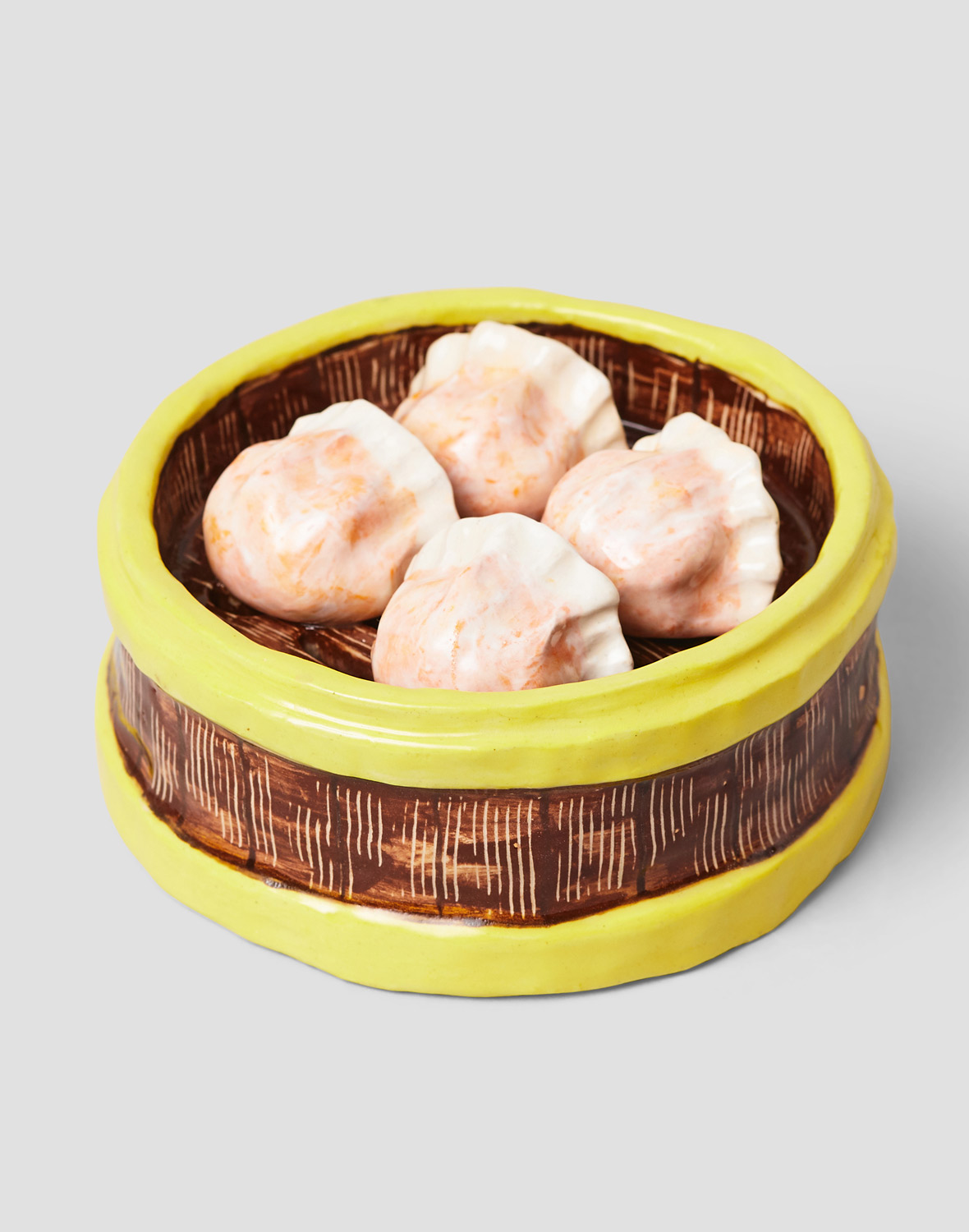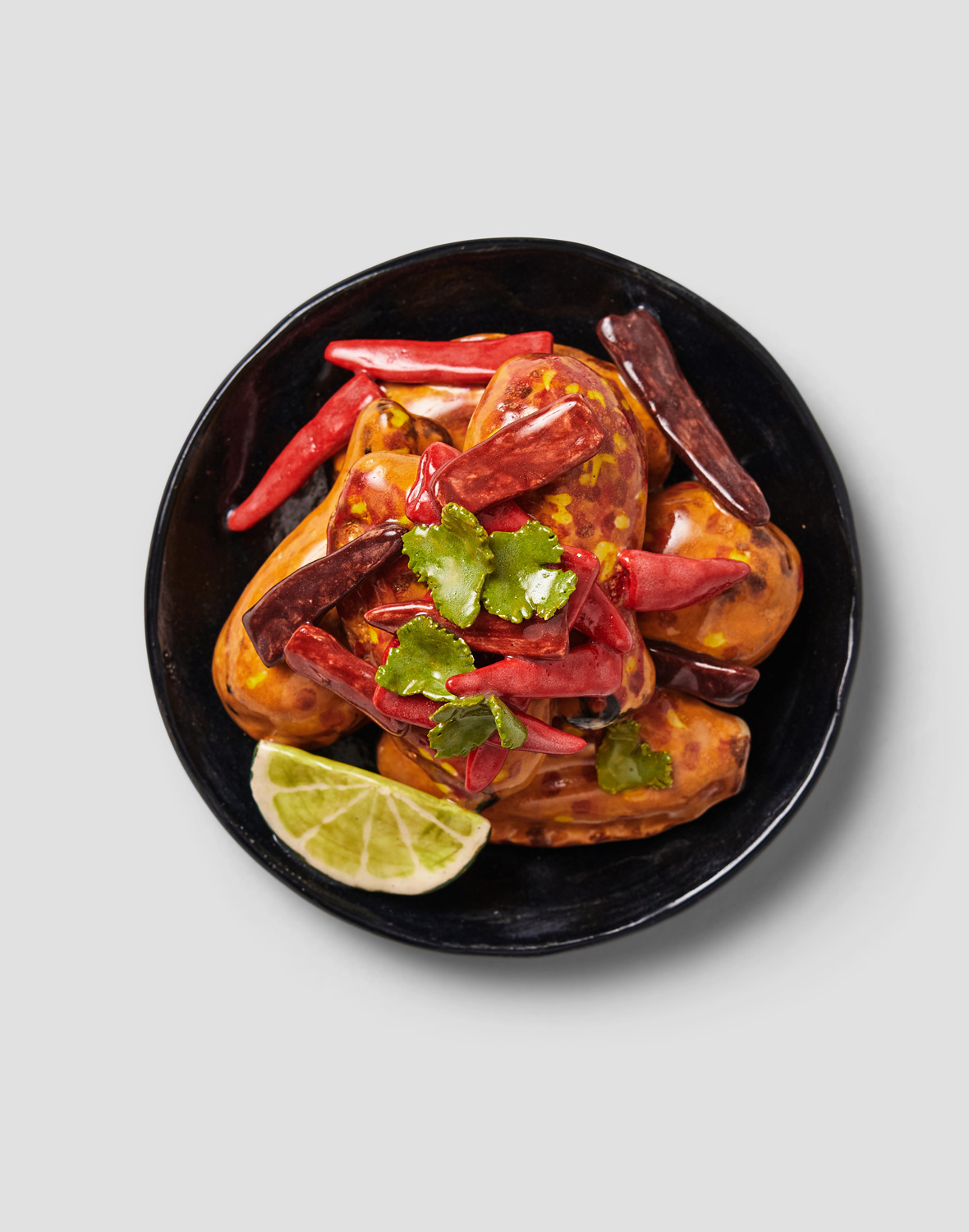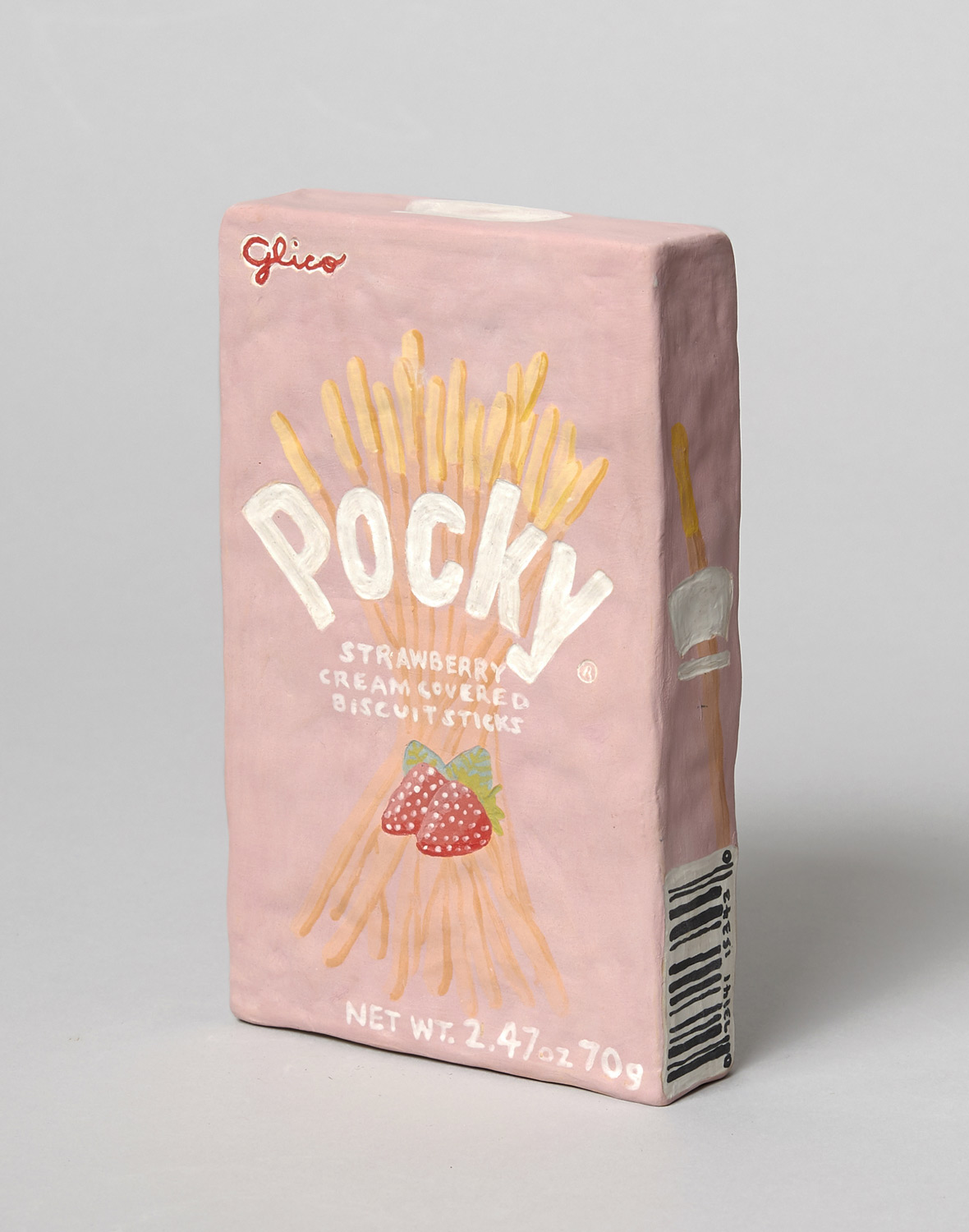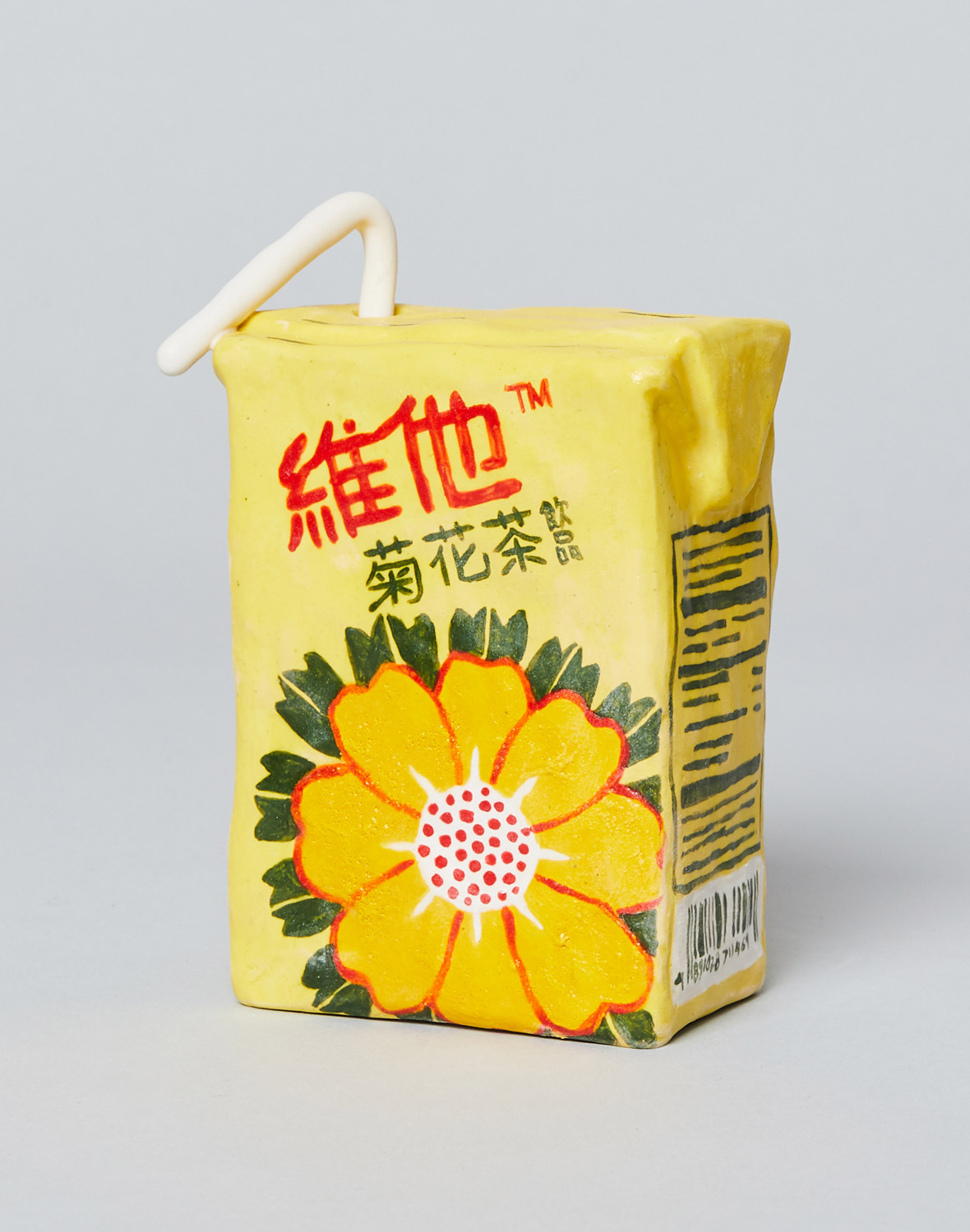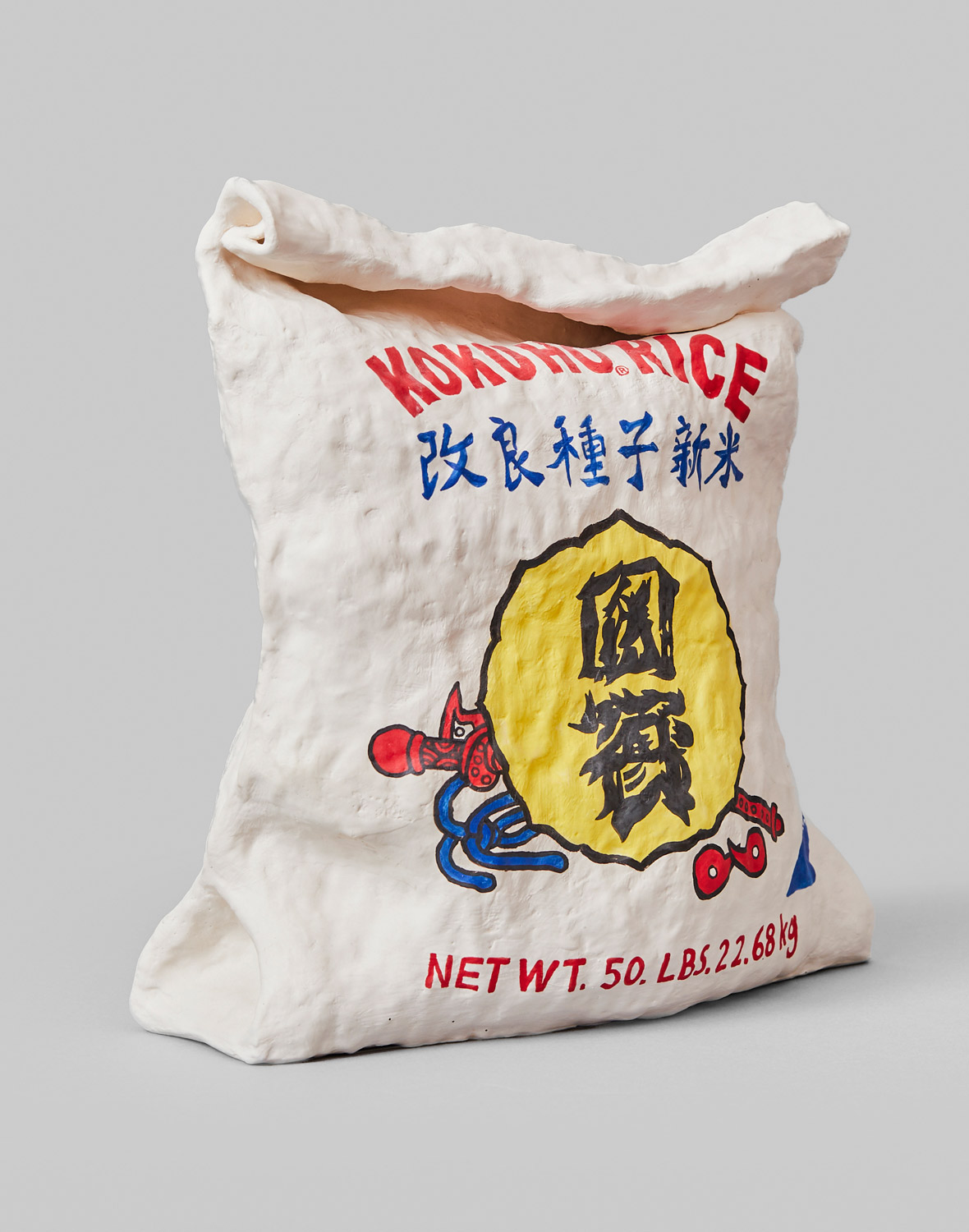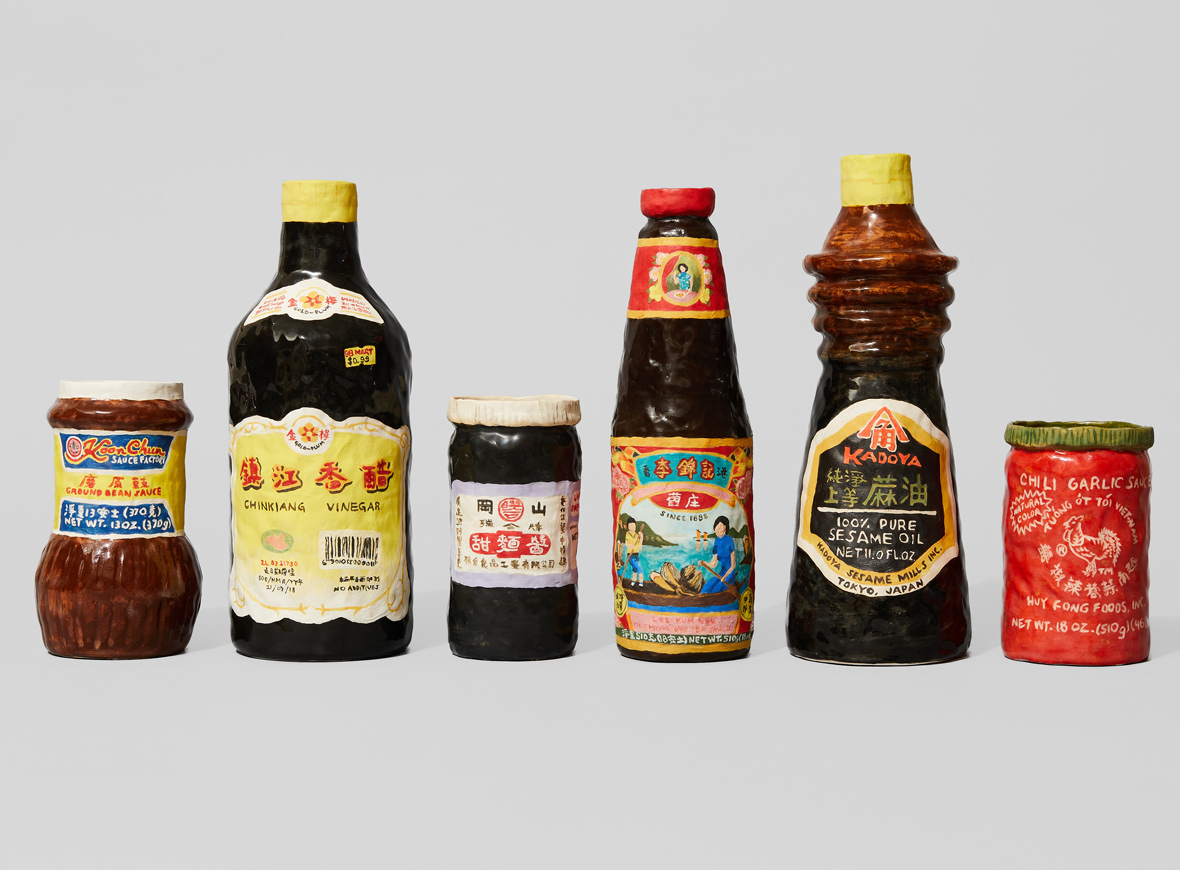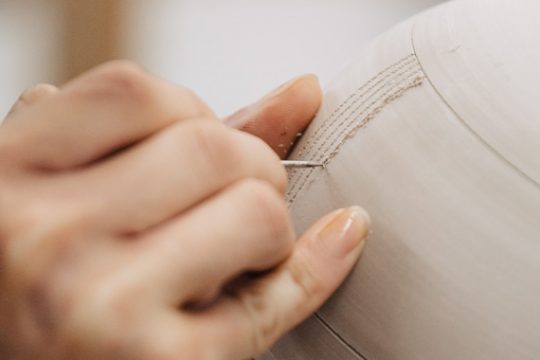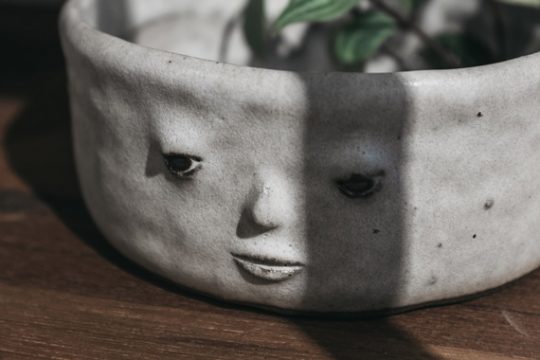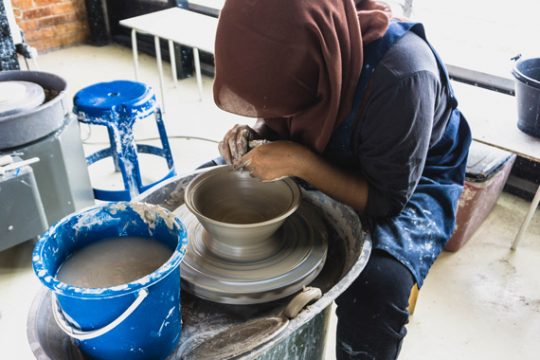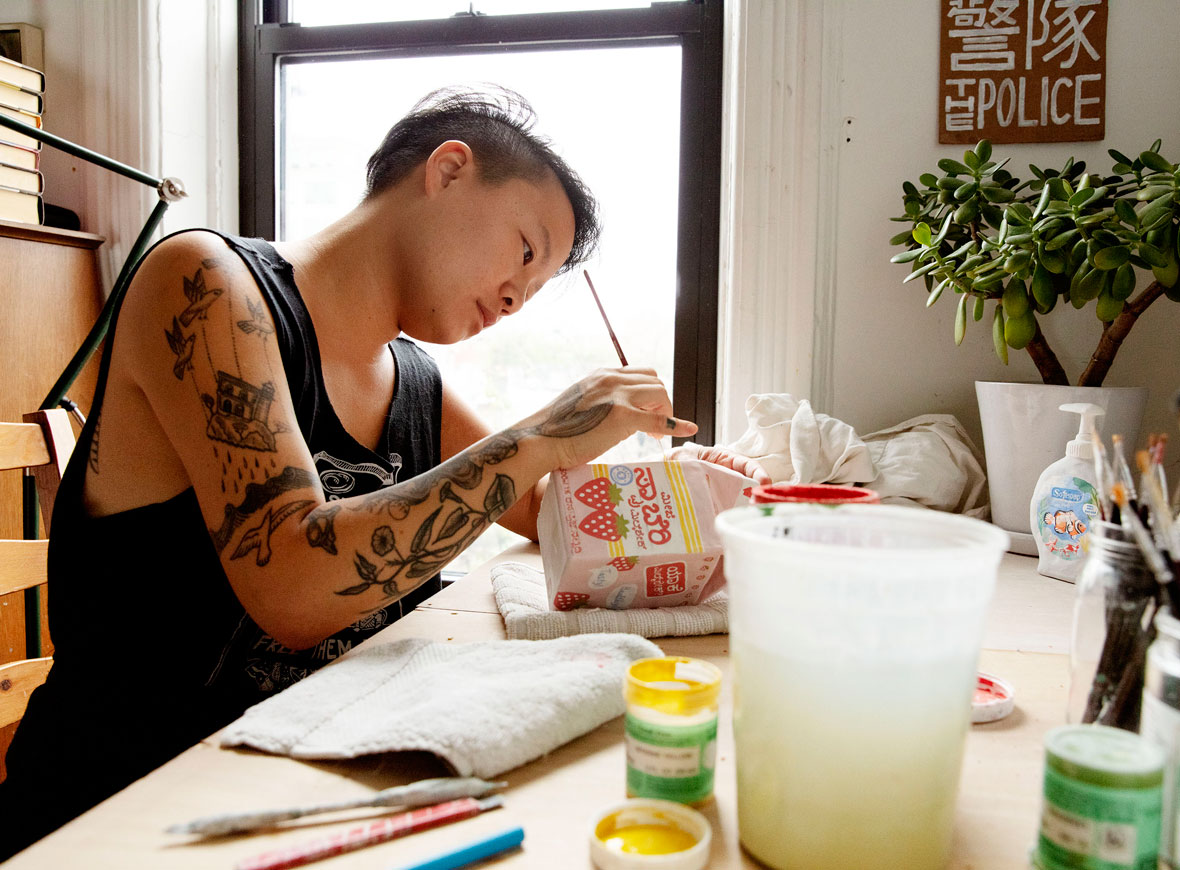
For ceramics artist Stephanie Shih, home has often felt like a hazy memory. Her parents immigrated to the U.S. from Taiwan in the 1980s. Shih was born in the United States and grew up largely surrounded by Western culture. But her parents made sure she wouldn’t stray too far from her roots: Chinatown grocery trips and home-cooked meals filled with all the staple Taiwanese fixings were essentials parts of her upbringing. The flavors, aromas, and ingredients of this time period formed Shih’s only impression of her birthplace. Now, older and wiser, she holds a better understanding of what it means to be a part of the Asian diaspora. She now recognizes that no matter how far you may feel from your roots, there are certain cultural tethers that can’t be severed.
故乡,对于陶瓷艺术家石函玉(Stephanie Shih)来说是个遥远的概念。上世纪八十年代,石函玉的父母从台湾移民美国。她在美国出生,在美国长大,从小便在西方文化下生活。家人由台湾保留下的生活习惯和唐人街的华人杂货铺,构成了她对故乡的模糊印象。如今,石函玉常住在纽约布鲁克林,她认为散居在国外的亚洲人都是天空中的风筝,飞得越远,风筝线反倒愈发坚固。随着年龄的增长,故乡如同放风筝的人,时刻牵引着她寻根的线路。
On a night in 2018, Shih wrapped over 200 dumplings. For those familiar with Chinese traditions, this may seem like an unremarkable amount for certain holidays. However, Shih’s 200 dumplings, despite how tasty and realistic they look, weren’t wrapped for a Chinese New Year gathering. In fact, they aren’t even edible—they’re made of clay.
After firing them in a kiln and plating them up, Shih’s dumplings look especially convincing. When she put them up for sale online, they were an instant hit. Buyers appreciated them on different levels. Some were Asian-Americans who saw them with a lens of nostalgia, a link to their childhood years, while others were simply Chinese cuisine lovers.
2018 年夏天的某个晚上,石函玉下班回到家里包制了大约二百个饺子。倘若逢年过节,二百个饺子听起来倒是稀松平常,不过这些饺子可不是用来吃的,它们由大量的“黏土皮馅”包制而成,然后通过高温烘烤,装盘成逼真的模样。后来,这些“瓷饺子”在网络上售卖,人们知道下单的并不是真正的饺子,而是收获一份故乡的归属感、或是对亚洲味道的美好向往。她说:“我很喜欢包饺子的过程,重复的指尖动作很容易让我静下来冥想,思绪也被拉向了远方的故土。”
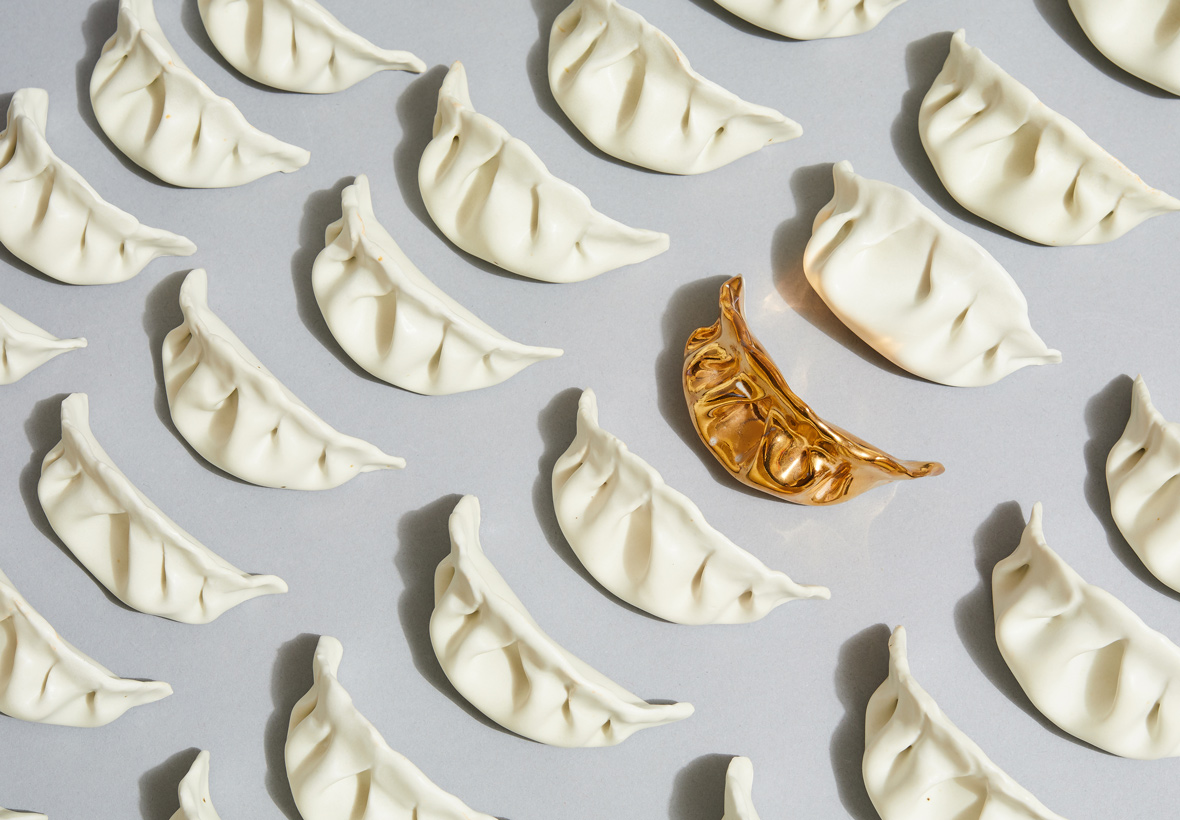
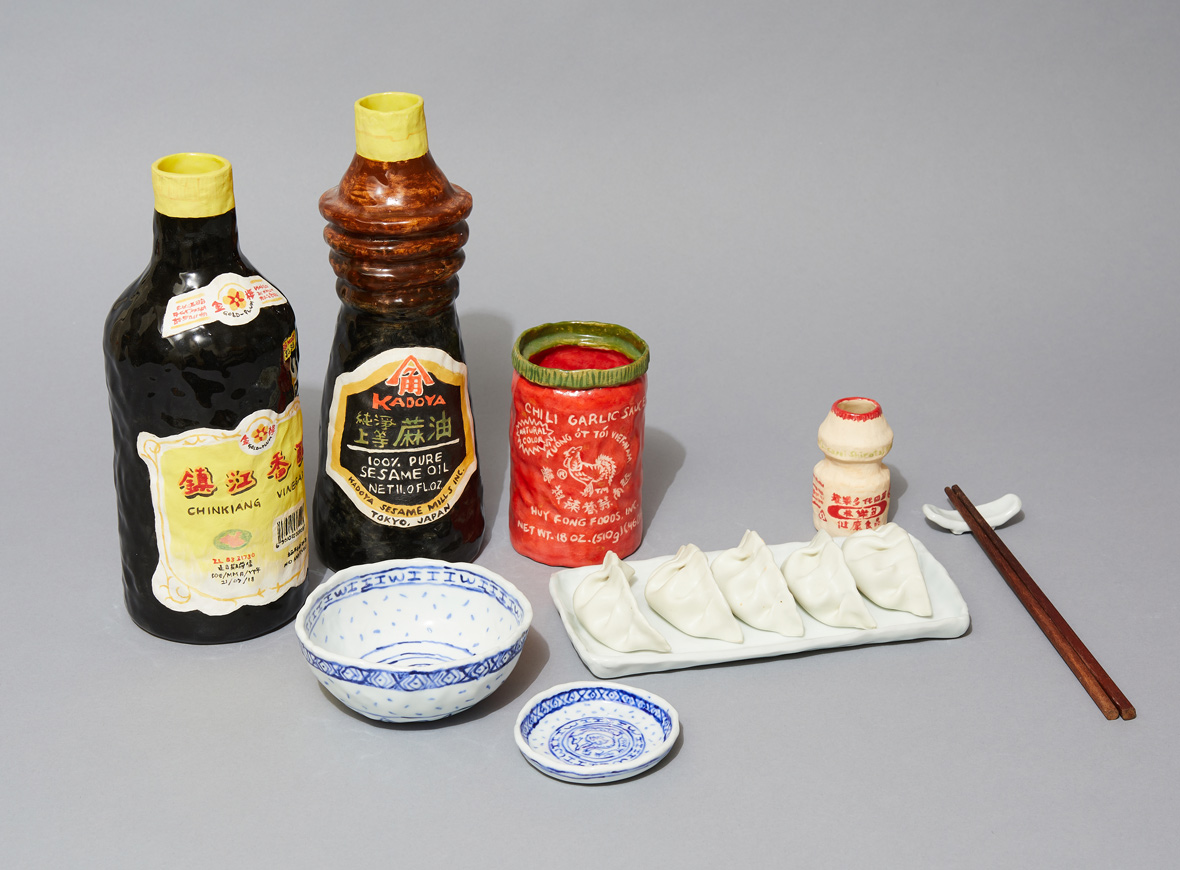
If there are dumplings, then condiments are a must. The usual suspects all make appearances in Shih’s oeuvre: bottles of vinegar, soy sauce, and sesame oil all come in ceramic form alongside her appetizing dumplings. A yogurt drink and bottle of sriracha also make cameos—some of Shih’s personal favorites to enjoy with a meal. Even the packaging design, which includes the bar code and expiration date, has been reproduced in detail. These lifelike sculptures have left food lovers and art critics alike hungry for more.
既然有饺子,必定少不了香醋和麻油。石函玉挑选了美国市面上常见的镇江香醋和加登屋純正麻油进行陶瓷创作,再搭配上汇丰蒜蓉辣酱和养乐多,将一顿丰盛的传统美餐和盘托出在观众面前。陶瓷的做工精致,从尺寸大小到包装、颜色,都基本还原了食品或佐料的原貌,甚至连包装上的二维码和保质期都原封不动地描绘在陶瓷上。生动的创作方式和大众化的创作对象,让这些即便是陶瓷的作品,也在观众嘴里变得有滋有味儿。
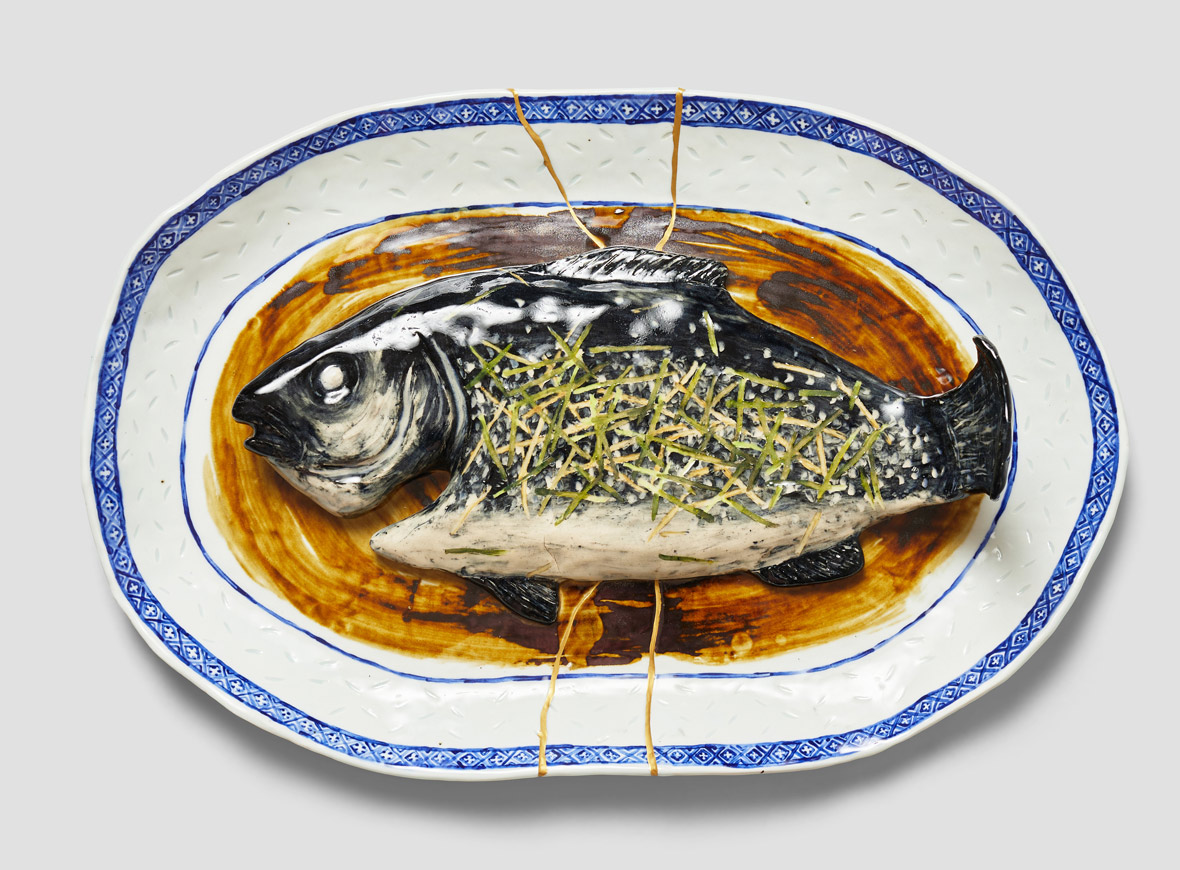
Shih first began working with ceramics in 2015. At the time, she was a copywriter at a tech company. Sculpting ceramics was just a hobby, a way for her to unwind from the stresses of her job.
One particular quote from her friend and fellow ceramics enthusiast has stuck with her from those early years: “Sculping ceramics is the most direct route from what’s in your head to what’s in your hands.” This philosophy is what made her fall deeply in love with the medium. Furthermore, she’s found these food-inspired sculptures to be the perfect way to retrace her cultural roots. She’s since quit her job to pursue ceramics art full time, and more gastronomic delights from around Asia have been born beneath her fingertips.
石函玉从 2015 年便开始尝试陶艺创作,彼时她还任职科技公司的稿人一职。起初,石函玉的创作只为繁忙工作之余的减压,那时候的她身体状况并不算好,便以陶艺的方式来获得身心的慰藉。她非常认同朋友曾告诉她的一句话:“陶艺是心灵抵达双手最直接的路径。”以此为信念,石函玉把陶艺创作一直坚持了下来。而对于她来说,“饺子” 的创作显然是陶瓷与思乡情感的一次完美契合。自那之后,石函玉仿佛找到了创作上的归宿,她如今辞掉工作,一门心思放在陶艺的创作上。创作的主题,就是亚洲的食物。
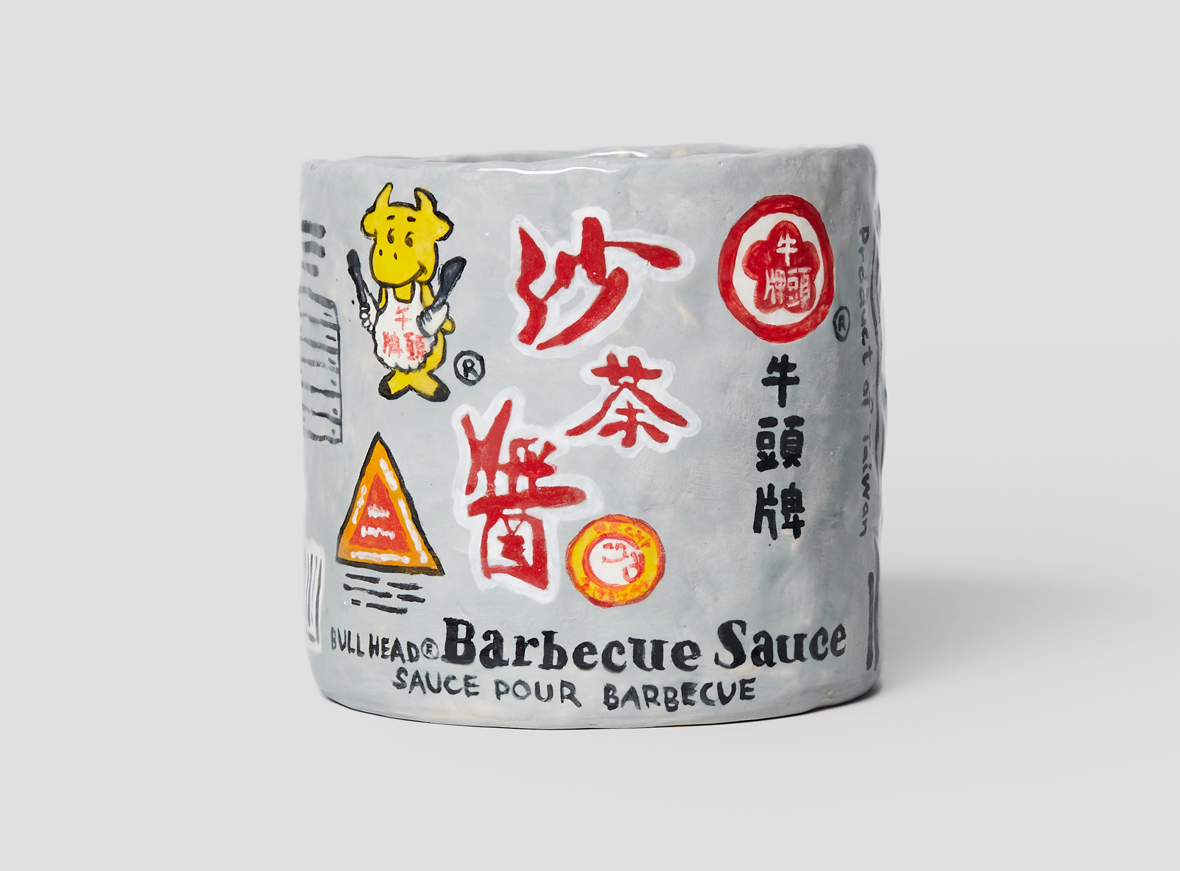
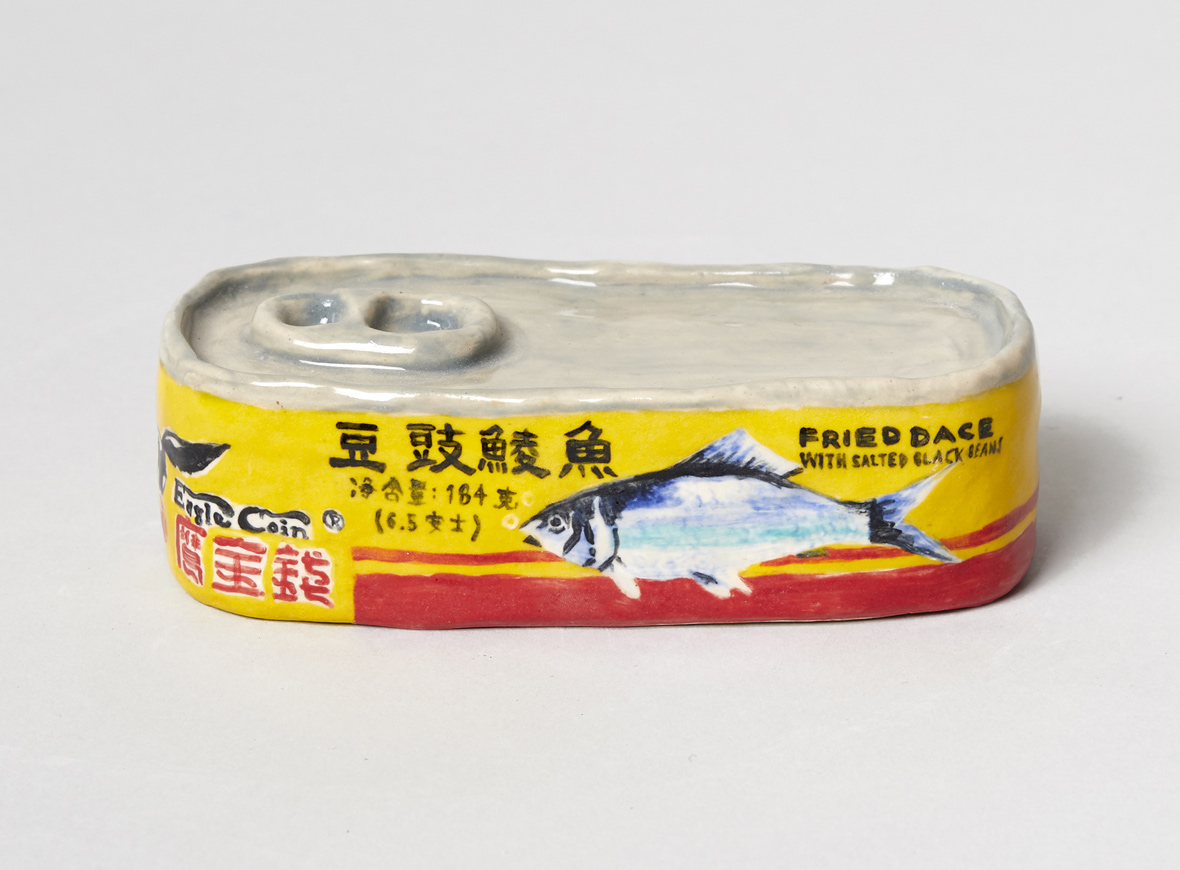
Shih has since transformed a wide variety of delectable food, drinks, and ingredients into ceramic form. Kokuho brand jasmine rice, Sunflower haw flakes, Nissin instant noodle, Ferrero-Rocher chocolates, Laoganma chili sauce, and a carton of Vita-brand Chrysanthemum tea are among just a few of her works. This hodgepodge of groceries is commonplace throughout Asia and Chinese grocery stores. Shih says that these works have mostly been spurred on by nostalgia. “A lot of the inspiration comes from Chinatown grocery staples in the US, especially the products that I saw everywhere the ‘80s and ‘90s,” she says. “Lee Kum Kee, Kadoya, Pearl River Bridge, and so on—these are the Asian brands that left an impression on me.”
很快,大量美食纷纷出炉。“国宝”改良种子新米、葵花牌山楂饼、出前一丁面、费列罗巧克力、甚至老干妈豆豉辣酱和维他菊花茶……她的作品种类繁多,看上去就像是杂货铺,应有尽有。而这些食用品,基本上都是亚洲食品界家喻户晓的大品牌。石函玉承认自己是一个怀旧的人,她说道:“我的大部分灵感来自美国八九十年代的亚洲食品杂货铺,会比较关注李锦记、加登屋、珠江桥等品牌的食品,这些品牌在我成长中留下的印象很深。”
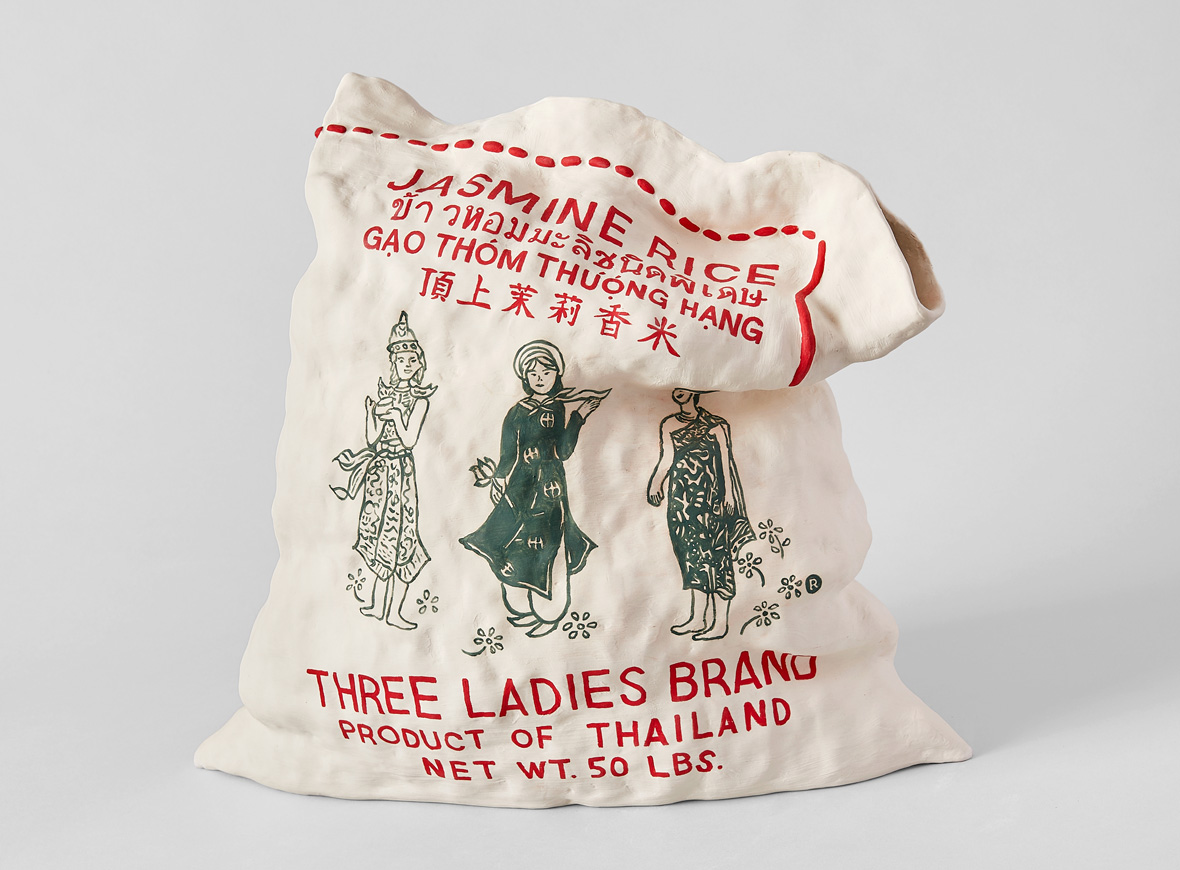
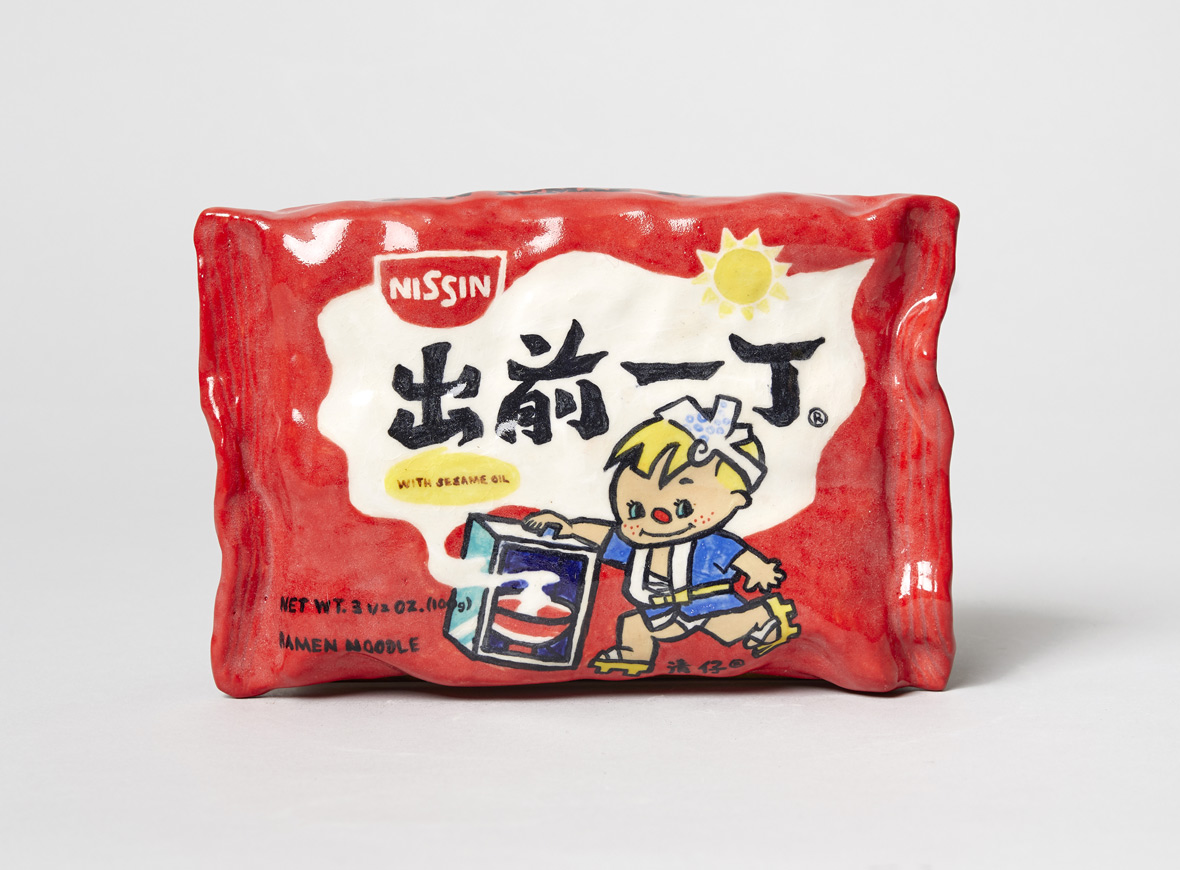
The intricate brushwork and level of detail she puts into shaping every piece are testaments of her love of Asian culture. For Asians living overseas, her work carries a level of familiarity, one that makes them feel right at home. “In a lot of places around the world, ceramic art is used to memorialize the past or their childhood,” she says. “Even if you’re not Asian, you can still relate with the meaning behind my work.”
“杂货铺”内的商品看上去用料扎实,虽然没有非常平滑的轮廓,却能让观众的内心感到踏实。陶瓷上精细的笔画和深思熟虑的颜色,足以见得石函玉对于家乡的一往情深。对于身在美国的亚洲人来说,观看她的作品,就好像在人海茫茫中,忽然遇到了曾经的知己一样,令人深感亲切和激动。石函玉说:“世界上有很多地方用陶瓷来怀念他们的过去或是童年。即便你并非来自亚洲,你也能体会到我作品其中的用意。”
Like our stories? Follow us on Facebook and Instagram.
Website: www.stephaniehshih.com
Instagram: @stephaniehshih
Contributor: Pete Zhang

